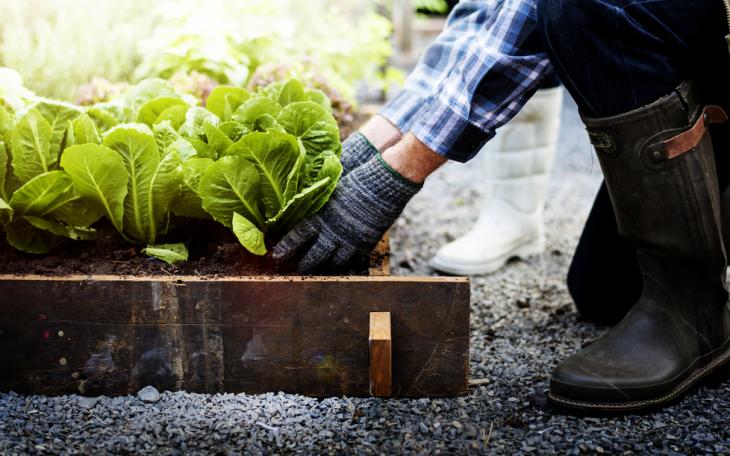Why bad gardeners are good for the environment

By Andrew Adie
Fun quiz for a Monday evening: What is a fifth the size of Wales and more than four and a half times the size of all our national nature reserves put together?
The answer is the UK’s total area of gardens.
Before you start sobbing uncontrollably and wondering how, after 18 months of being locked in your home, it can still be possible for someone to bore you to tears, this does actually matter.
A report out last week from the House of Commons Environmental Audit Committee stated that the UK has the lowest level of biodiversity of any G7 country. Common species like the honeybee are in decline and the Splatometer test (conducted in Kent) in 2019 revealed 50% less insect carcasses spread across the average car numberplate than would have been the case in 2004.
Perhaps not the most sensitive experiment in the history of science but compelling all the same. I found it so worrying that I replanted our garden with flowers and plants that are good for birds and pollinators and then got on with my life, furnished with a new sense of smug self-satisfaction.
This all worked fantastically until this year when I started to worry that the garden wasn’t the insect and animal heaven that I’d hoped for. It did have a brief visit from a pheasant and we do have squirrels and birds which the dog loves to chase (clearly not an eco-warrior). Yet the clouds of butterflies, ladybirds, even the midges that I’d hoped to see just weren’t there.
Then on a staycation I had a moment of revelation: nettles. They were covered in ladybirds, caterpillars, and spiders and, even better, our children really hate them so they’re about the only plant that doesn’t get a football hoofed into the middle of them.
Equally, really disgusting green water, filled with mosquito lava and also rotting fruit and even the odd dead body (small animal) are equally good for a bit of homemade biodiversity boosting.
I have now replanted the garden again by doing absolutely nothing. It’s the best form of gardening I have ever encountered. One part of the garden left to go feral, nettles growing freely at the back of the borders and loads of rotting wood and other unmentionables stuffed in the back of the beds.
The lavender, roses and foxgloves are still in the front (giving out pollen and attractive scents) but the back of the borders have become a space for the local environment to decide what it needs.
I haven’t driven a car around the garden so I don’t know what the splatometer would say about the increase in insect life, but I can see a lot of insects on the plants I haven’t introduced, and I’ve realised that maybe mother nature is a better gardener than I’ll ever be.
If you’re planning a staycation garden or balcony makeover, installing new decking or even artificial grass I’d urge you to make sure you leave some space for the nettles, weeds, stagnant water and even the odd carcass. Your local environment will thank you for it.









